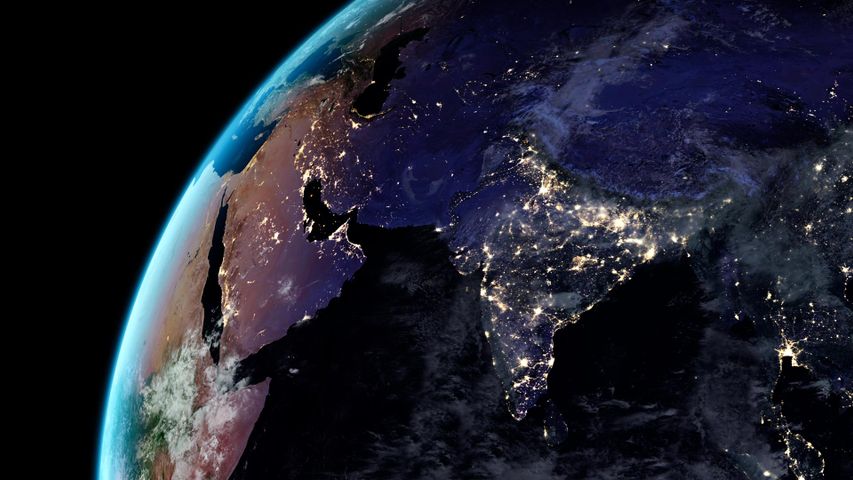Barcelona, Spain
© SW Photography/Getty Image
Urban planning never stops. World Population Day
The bustling city streets of Barcelona seem as good a place as any to mark World Population Day. More and more of us are heading to the city. It’s estimated that 2007 was the first year in which more people lived in cities than in rural areas. If current trends continue, by 2050 about two-thirds of the world population will be living in cities. City planners and government officials will need to account for this rapid increase as power grids, water supplies, public transit, and emergency services will all be stretched.
World Population Day was created by the United Nations in 1989 to focus attention on the urgency and importance of population issues. After hundreds of thousands of years, the world human population finally reached one billion around the year 1804. In just over 200 years since then it has exceeded 7.7 billion. It's expected to grow to around 8.5 billion in 2030, 9.7 billion in 2050, and 10.9 billion in 2100. How many is too many? What standard of living can we expect for people when the population exceeds 10 billion? And how many people can the planet sustain while also allowing nature to thrive? These are among the questions policy makers will confront as they consider the future of our world.
Related Images
Bing Today Images





 Vila Franca Islet, São Miguel Island, Azores, Portugal
Vila Franca Islet, São Miguel Island, Azores, Portugal
 Cala Luna beach, Sardinia, Italy
Cala Luna beach, Sardinia, Italy
 Tea garden at Yangjiatang Village, Songyang County, China
Tea garden at Yangjiatang Village, Songyang County, China
 Great Blue Hole, Belize
Great Blue Hole, Belize
 Lake Ontario in the winter season, Toronto
Lake Ontario in the winter season, Toronto
 Aerial view of the Grand Canal and the Basilica di Santa Maria della Salute, Venice, Italy
Aerial view of the Grand Canal and the Basilica di Santa Maria della Salute, Venice, Italy
 Aerial view of a roundabout in Dhaka, Bangladesh
Aerial view of a roundabout in Dhaka, Bangladesh
 Fujian Tulou complex of historical and cultural heritage buildings in Fujian province, China
Fujian Tulou complex of historical and cultural heritage buildings in Fujian province, China
